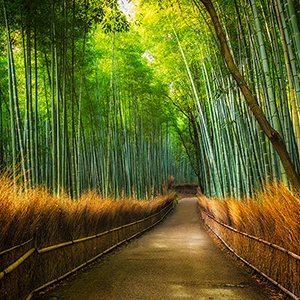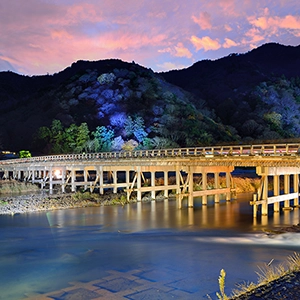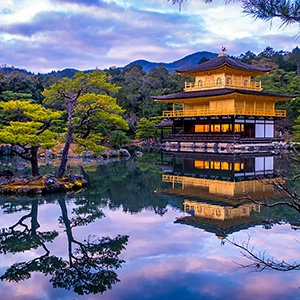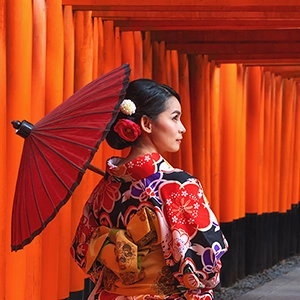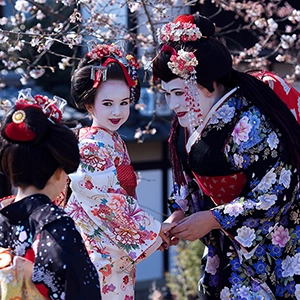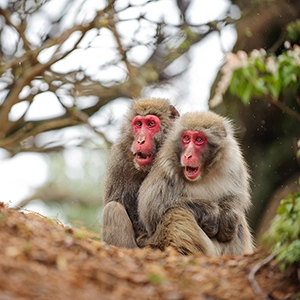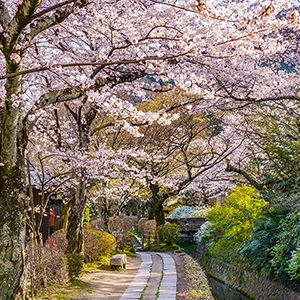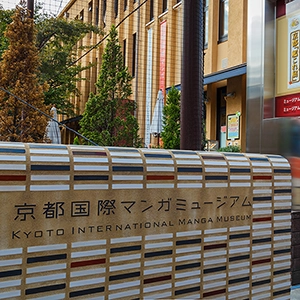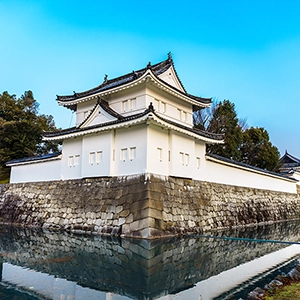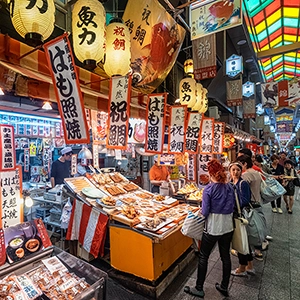Kinkakuji Temple: Experience The Beauty, History And Rich Culture
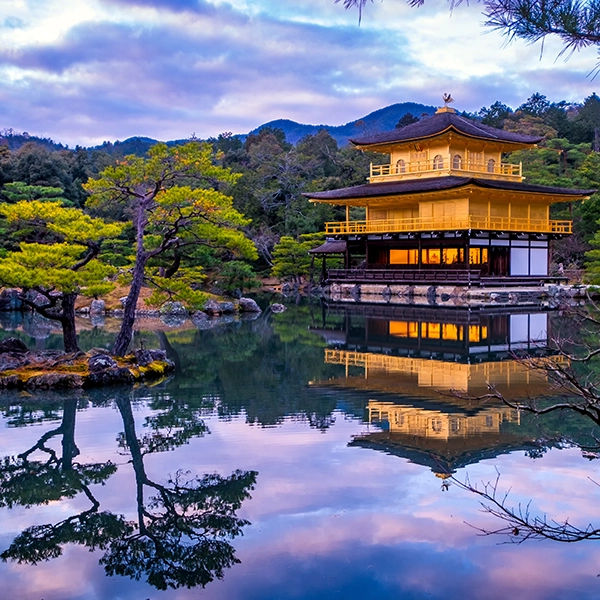
Kinkakuji Temple, also known as the Golden Pavilion, is one of the most iconic and revered landmarks in Kyoto, Japan. This Zen Buddhist temple is famous for its breathtaking architecture, shimmering gold leaf exterior, and picturesque surroundings. The temple has a long history, dating back to the 14th century, and is designated as a UNESCO World Heritage site. Explore the history, architecture, and significance of Kinkakuji Temple, as well as practical information for planning your visit to this remarkable site.
History of Kinkakuji Temple
Kinkakuji Temple's origins can be traced back to 1397 when the site was purchased by shogun Ashikaga Yoshimitsu. He transformed the land into a lavish villa called Kitayama-dai, which served as his retirement retreat. After Yoshimitsu's death in 1408, his villa was converted into a Zen Buddhist temple, in accordance with his wishes, and named Rokuonji. The temple came to be known as Kinkakuji, which translates to "Temple of the Golden Pavilion," due to its most striking feature – the gold-covered pavilion.
Over the centuries, Kinkakuji Temple has faced numerous challenges, including a devastating fire in 1950 when a young monk set the pavilion ablaze. The temple was subsequently reconstructed in 1955, with efforts made to remain faithful to the original design. The gold leaf covering was also restored and enhanced during a major renovation in the late 1980s, contributing to the pavilion's brilliant appearance today.
Architecture of Kinkakuji Temple
The Golden Pavilion is a stunning example of Japanese architecture, incorporating elements from various architectural styles. The pavilion consists of three distinct floors, each reflecting a different style, harmoniously combined to create a cohesive and visually captivating structure.
The first floor, known as the Hōsui-in, is designed in the Shinden style, which was popular during the Heian period. This floor features a large open veranda overlooking the pond and is adorned with wooden pillars and elegant white walls. The second floor, called the Chōondo, showcases the Buke style of the samurai class, characterized by intricate wooden latticework and a more formal appearance. The third and final floor, known as the Kukkyōchō, is designed in the Chinese Zen style, distinguished by its more simplistic, curved gable roof and minimal ornamentation.
Perhaps the most striking feature of Kinkakuji Temple is its gold leaf exterior, which covers the second and third floors. The gold leaf not only creates a visually stunning effect but also holds symbolic significance in Zen Buddhism, as it is believed to purify the mind and protect the structure from negative energy.
The Temple Grounds and Gardens
Kinkakuji Temple is situated within a beautiful Japanese strolling garden, which features a large pond, meticulously manicured trees and shrubs, and carefully placed rocks and bridges. The pond, known as Kyōko-chi or Mirror Pond, is an integral part of the garden's design, with the Golden Pavilion appearing to float gracefully on its surface. The garden is designed to inspire contemplation and reflection, with carefully composed views and scenes that change with each step along the path.
As visitors stroll through the garden, they will encounter various stone monuments, small shrines, and a traditional teahouse, which offers a quiet space to enjoy a cup of matcha green tea and a Japanese sweet. The garden is also home to a variety of seasonal flora, making it a beautiful destination to visit throughout the year. From the vibrant cherry blossoms in spring to the fiery red and orange hues of maple trees in autumn, the temple grounds provide a stunning backdrop for the Golden Pavilion and offer a serene, tranquil atmosphere for visitors to enjoy.
Visiting Kinkakuji Temple
Kinkakuji Temple is located in the northern part of Kyoto, easily accessible by public transportation. The nearest bus stop is Kinkakuji-michi, which can be reached by several city bus lines. Alternatively, visitors can take the Kyoto City Subway Karasuma Line to Kitaoji Station and then transfer to a city bus for a short ride to the temple.
The temple is open daily from 9:00 am to 5:00 pm, and there is a modest entrance fee. It is recommended to visit Kinkakuji Temple early in the morning or later in the afternoon to avoid crowds and enjoy a more peaceful experience. As Kinkakuji is an active religious site, visitors should be respectful of the temple's customs and etiquette, such as dressing modestly and not taking photos in designated areas.
Exploring the Surrounding Area
While Kinkakuji Temple is a must-visit destination on its own, the surrounding area also offers several other attractions worth exploring. Nearby, visitors can find the Ryoanji Temple, which is renowned for its enigmatic Zen rock garden, and the Ninnaji Temple, a UNESCO World Heritage site boasting stunning architecture and a beautiful traditional garden.
For nature lovers, a visit to the nearby Kinkakuji Park is a must. This expansive park is home to a variety of walking trails, picnic areas, and a large pond, offering a peaceful retreat from the city's bustling streets. The park is especially popular during cherry blossom season, when its numerous cherry trees burst into bloom, creating a breathtaking display of color.
Final Thoughts
Kinkakuji Temple is an iconic symbol of Kyoto and an essential destination for any traveler visiting the city. The temple's stunning architecture, shimmering gold leaf exterior, and tranquil garden setting make it a memorable and inspiring site to explore. With its rich history, breathtaking beauty, and serene atmosphere, Kinkakuji Temple is sure to leave a lasting impression on all who have the privilege to visit.

